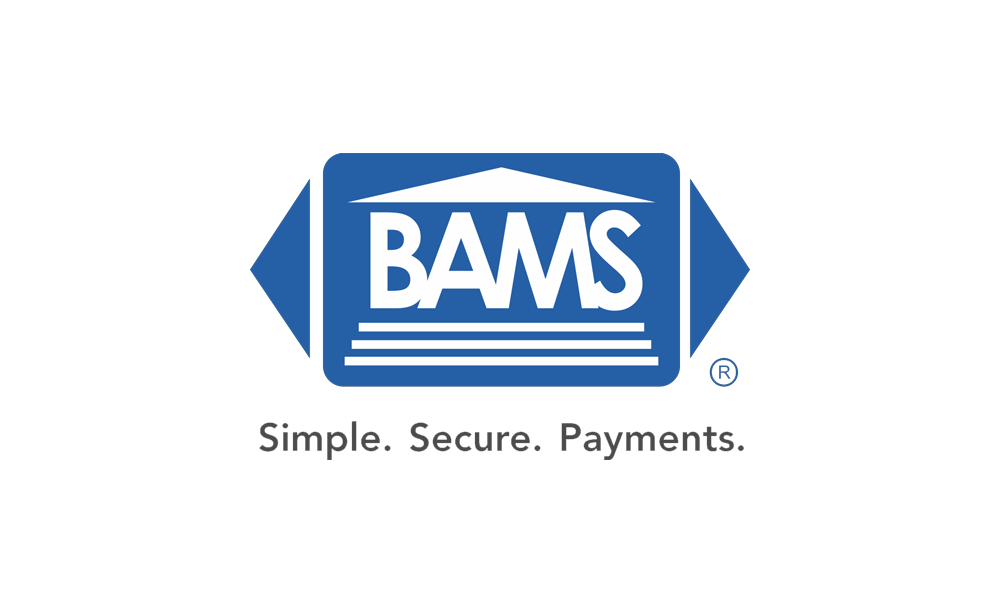Is A Flat Rate Good for Your Business? – Spoiler: Probably Not!
What makes a reasonable transaction fee? Amazingly enough, a lot of merchants never ask themselves that question, and failing to think about fees almost guarantees overpaying them. Flat fees, like the kind charged by PayPal and Stripe, are probably among the most common out there. They’re straightforward and easy to grasp, and as a result, many merchants simply accept them and never give it a second thought. And while flat fees – like PayPal’s 2.9% + $0.30 on all transactions – are fine for some businesses, for others, they represent massive waste and a drain on profitability.
Who are flat fees good for?
Flat fees are good primarily for low-volume, low-value merchants that aren’t processing significant revenues on a monthly basis. Businesses just starting out, people dipping their toes into online payments, and hobbyists are all well served by flat fees because, aside from being straightforward, the third-party providers that tend to charge them have few, if any, barriers to entry. Anyone can sign-up for a PayPal account and get going, and that has real value for the subset of merchants that flat fees best serve.
What makes flat fees sub-ideal?
For merchants that do a higher volume of transactions or sell higher-value products, flat fees are inefficient. Generally, the $5,000 per month mark is a good line to use as a reference for when flat fees begin to become very costly, and the move to a different transaction fee structure is warranted. An easy way to think about it is in terms of a vehicle. An automatic transmission in a car is easy, and as a result, it’s a great choice for casual drivers. But while easy to operate, automatic transmissions are not efficient. That means more demanding drivers operating high-performance vehicles – like racecar drivers – use manual transmissions in order to squeeze out every ounce of performance they can. Flat fees are great for casual businesses, but once revenue figures start to get high, even fractions of a percentage on fees can make a big difference.
What are the alternatives?
The primary alternative is to switch from a third-party provider to a traditional merchant account. Merchant accounts are a bit harder to get access to, but they generally carry lower fees, making the few extra steps required to sign up well worth the effort. But even among merchant accounts, not all options are created equal. The best option is a merchant account that charges fees based on interchange plus pricing – essentially a pricing model that uses the actual interchange rates charged by credit card providers to determine transaction fees. That model is extremely dynamic, and not easy to understand, but it results in the lowest average fees possible because merchants are never charged high fees on low-cost cards, something that happens all the time with flat fees.
BAMS is one such payment services provider, using interchange-plus pricing to ensure our merchants always enjoy the lowest transaction fees possible. In fact, we offer a low-fee guarantee, and our unique five-step price comparison takes us through a deep analysis of your recent account statements to show you line-by-line every way we can reduce your transaction fees and monthly bills. For more information on our merchant accounts or to get started on your five-step price comparison, submit a quote request today.




